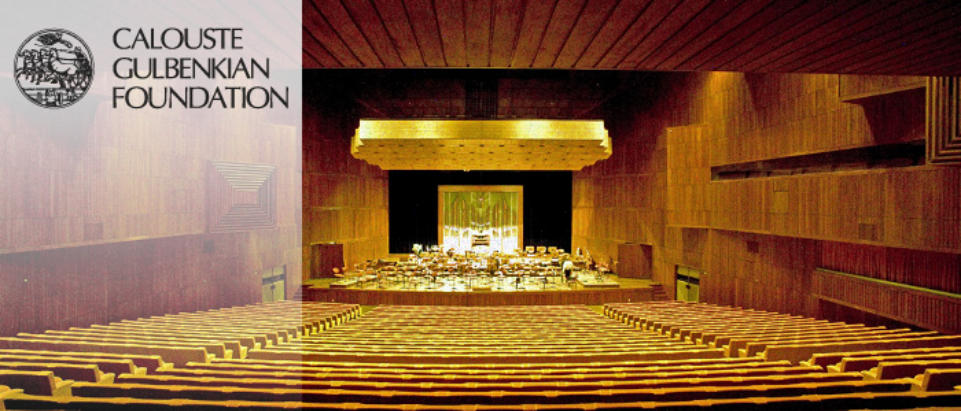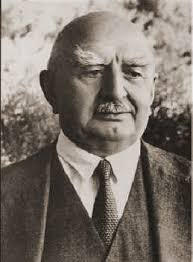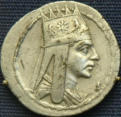



The Gulbenkian Foundation, one of the world's leading philanthropic
organizations, has provided the "Armenian Jerusalem" heritage
preservation website project with a new grant, enabling organizers to
carry out necessary hardware upgrades and software updates.
The grant reaffirms the Foundation's keen interest in the project and cements its support for what is hoped will help preserve the history, culture and traditions of the Armenians of Jerusalem, rescuing their saga from oblivion. The project, launched in 2007, is the brainchild of Arthur Hagopian, former Press Officer of the Armenian Patriarchate of Jerusalem, and involves the creation of a website that will host a compendium of archival material chronicling the story of a community that has its roots in the city even before the advent of the Christian era. The website was originally located at http://www.kaghakatzi.org, but has now moved to a permanent address at http://armenian-jerusalem.org. One of its primary objectives was the creation of an all-in-one family tree that highlights the inter-relationship and inter-connectivity of the "kaghakatsi" residents of the Armenian Quarter of the Old City of Jerusalem. The "kaghakatsi" are a unique genealogical entity: every member of the sprawling clan is related either closely or distantly, to another. As distinguished from the "vanketsi" survivors of the Armenian genocide who found refuge in the Patriarchate's convent of St James, the "kaghakatsi" are natives who first settled in Jerusalem about 2,000 years ago, their ancestors arriving in the region in the wake of the conquering armies of emperor Tigranes II, "arkayitz arka," (king of kings). The Armenian Patriarchate of Jerusalem has given its blessing to the project, granting it access to genealogical archives dating back over a century and a half. And in their turn, expatriate "kaghakatsi" have been providing the project with detailed genealogical information helping it create and populate the all-in-one family tree. This is the second time the august Gulbenkian Foundation has bankrolled the project. Eight years ago, the Foundation, which is based in Lisbon, Portugal, pitched in with funds to purchase a desktop PC package and various web design and graphics software packages, but with the exponential leap in IT, upgrades and updates have become mandatory. Necessarily, the staple workhorse, FrontPage has had to bow out making way for Expression Web and Dreamweaver, and Windows XP has graduated into Windows 8.1 (and, within days, Windows 10). The Foundation, a legacy of philanthropist Calouste Gulbenkian (Mr Five Percent), was established in 1956 entrusted with a mandate for "the whole of humanity", its "original purpose focused on fostering knowledge and raising the quality of life of persons throughout the fields of the arts, charity, science and education." Jerusalem occupies a perpetually beloved niche in the core of the Foundation, the factor behind its interest in the "Armenian Jerusalem" heritage preservation website project. The Foundation is a principal donor of the Armenian Patriarchate whose St James convent houses two edifices whose construction it funded some 90 years ago: the Gulbenkian library and the Holy Translators' (Tarkmanchatz) high school. In announcing the new grant, Razmik Panossian, director of the Foundation's Armenian Communities Department, noted it "supports projects that can have a positive impact on Armenian communities around the world, taking into consideration current realities and needs." The Department works to create a viable future for the Armenian people in which its culture and language are preserved and valued, and "we hope that by supporting initiatives like the 'Armenian Jerusalem' website project we can contribute to the preservation of the rich Armenian cultural and historical heritage in the Holy City," he stated Organizing the website has entailed a diverse range of research efforts, some resulting in unknown and intriguing tidbits about one of the world's most vibrant communities, whose creativity and enterprising spirit has helped place the city firmly in the centre of the world map. It was the Armenians who gave Jerusalem its first printing press and its first photographic studio - among other firsts. Their mellifluously decorated ceramic tiles adorn the walls of some of the world's most magnificent edifices, among them, the Dome of the Rock. And it is the Armenians who continue to give Jerusalem its hue and sheen of gold.
Armenian Jerusalem



Mr Five Percent






















